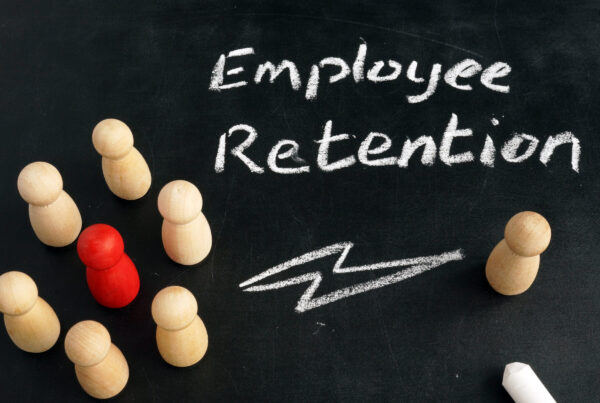By Barbara O’Neill, Ph.D., CFP®
OneOp recently held a webinar about retirement benefits for active duty service members and those in the National Guard and Reserve components. Below are several key take-aways from the webinar, presented by Mark Overberg, Director of Army Retirement Services:
- Retirement Planning Timeline- The Army and other military branches have a structured retirement planning process with clearly defined steps to help service members transition from military service. The process begins 36 months before the planned retirement month and concludes 0 to 6 months afterward.
- Types of Military Retirement– Regular retirement requires 20 years of active service and non-regular (Reserve) retirement generally requires 20 years of creditable Reserve service to be eligible at age 60. Reservists earn points during their career that determine retired pay benefits, There are also temporary (TDRL) and permanent (PDRL) disability retirements. Temporary disability ratings last a maximum of three years.
- Military Retirement Plans– The Date of Initial Entry into Military Service (DIEMS) determines which of four retirement systems a service member falls under. The different plans are Final Basic Pay Plan (DIEMS before 8/8/80), High-3 Plan (DIEMS between 8/8/80 and 7/31/86), High-3 or REDUX Plan (DIEMS between 8/1/86 and 12/31/17), and the Blended Retirement System or BRS (DIEMS after 1/1/18). The year 2026 will be the first year that service members will be retiring under the BRS (those that entered military service in 2006 and elected BRS in 2018).
- BRS Components- There are three parts: 1. a defined benefit pension portion (calculated as 2.0 x years of service x high-36 month average base pay), 2. a defined contribution plan (comprised of individual contributions , a 1% agency automatic contribution after 60 days, and an agency matching contribution after two years of service) in the Thrift Savings Plan (TSP), and 3. continuation pay, a mid-career incentive designed to maintain force retention. Service branches have been offering continuation pay at 12 years since the BRS went into effect in 2018.
- Agency TSP Match– All service members receive the 1% agency automatic contribution whether they save 0% or 5% of their base pay. As individual TSP contributions increase from 1% to 5% of pay, so do agency matching contributions. A service member who saves 5% of pay will receive the 1% agency automatic contribution plus a 4% agency matching contribution for a total TSP contribution of 10% of pay.
Check in next week for four more important retirement benefit take-aways for service members and their families.
Photo by c-George from Getty Images Pro, via Canva













